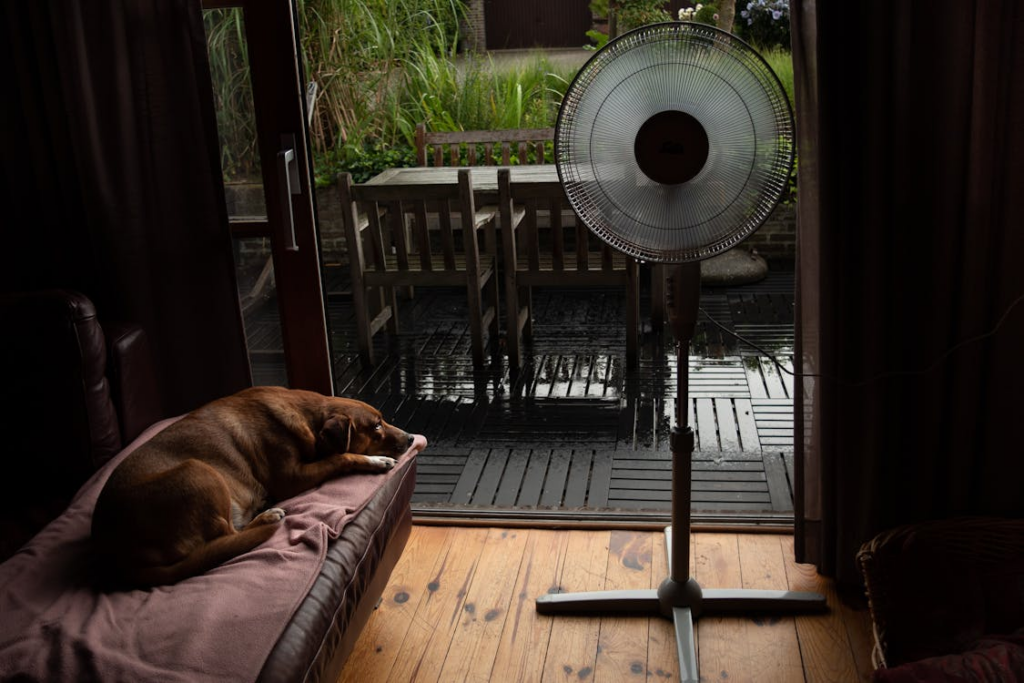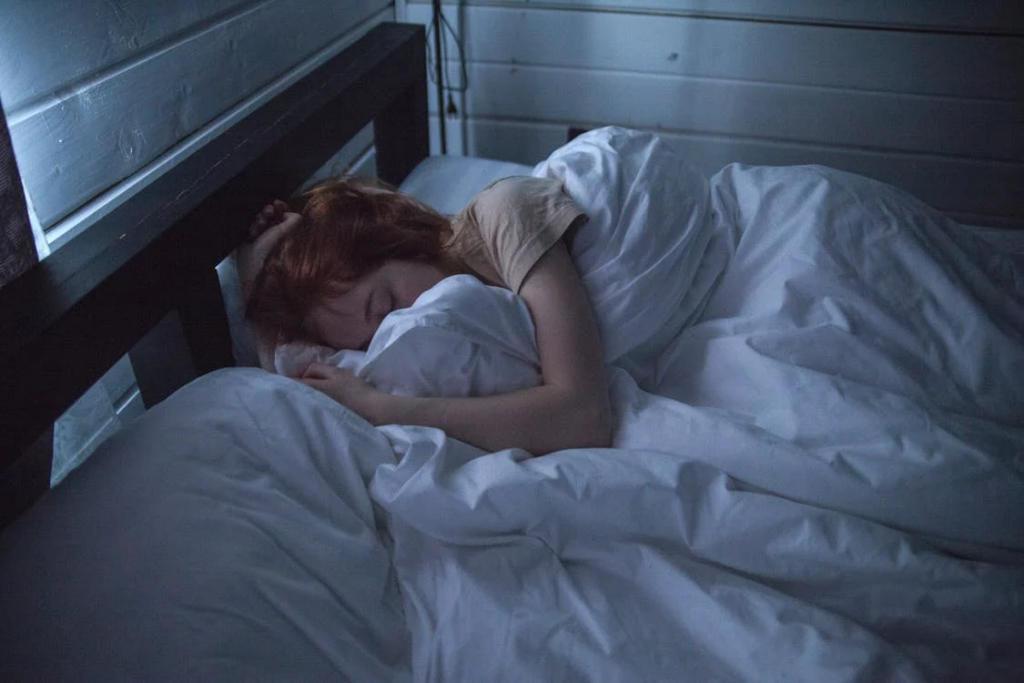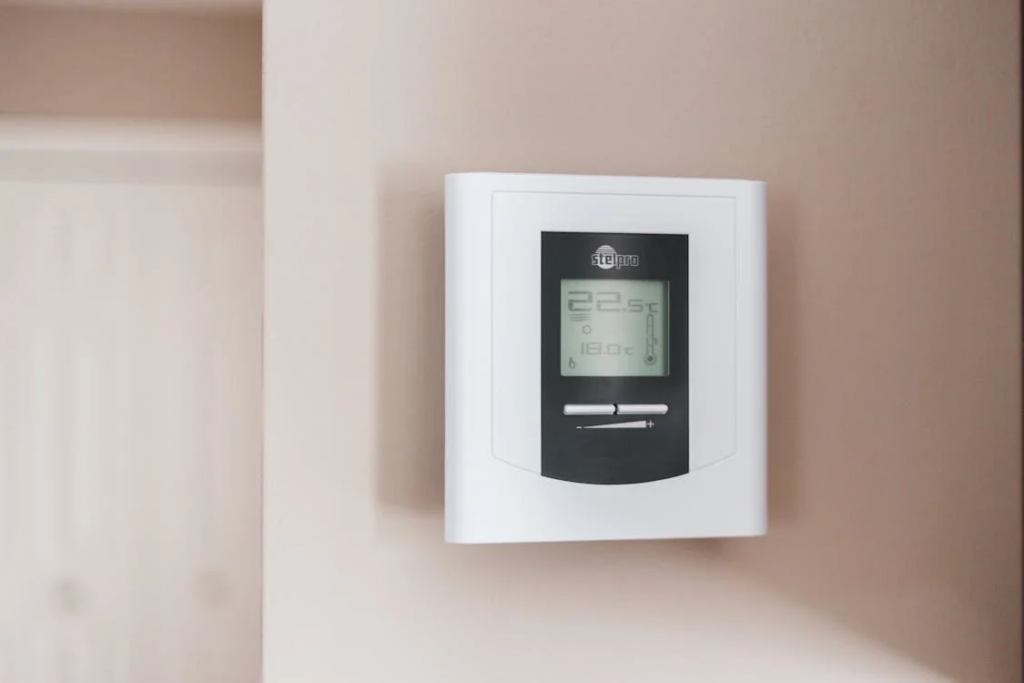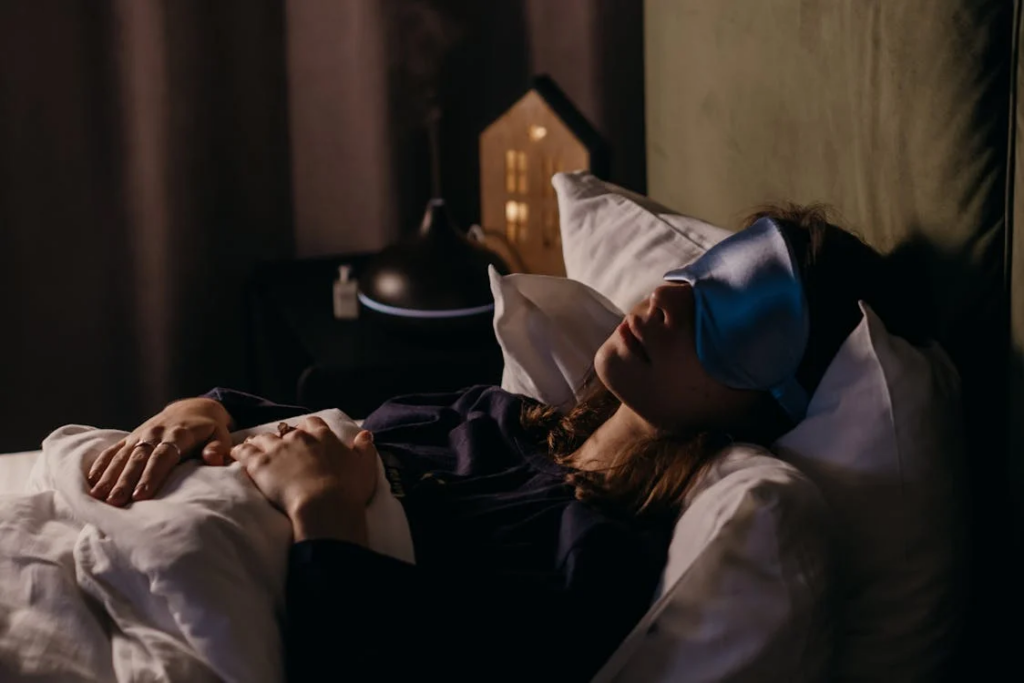As summer nights heat up, many of us instinctively reach for a fan to cool down while we sleep. While fans can provide immediate relief, they may not be the best option for everyone. Recent research highlights potential health risks associated with sleeping with a fan on. Let’s dive into these concerns and explore how to create a more comfortable sleeping environment.
Health Risks of Sleeping with a Fan

Fans can be a blessing on hot nights, but they come with some drawbacks that deserve attention. Here are four major health risks linked to sleeping with a fan.
Allergic Reactions
One of the biggest concerns with fans is their ability to circulate allergens. They can kick up dust, pollen, and pet dander, turning your sleeping space into a sneeze-inducing zone. If you suffer from allergies or asthma, this can lead to a night filled with discomfort and disrupted sleep. Keeping your fan and room clean is essential. Regularly dusting surfaces and washing bedding can significantly reduce allergen levels.
Dry Air
Fans not only move air but can dry it out too. For those who sleep with their mouths or eyes open, this can lead to dryness and irritation. You might wake up feeling parched or with scratchy eyes. To combat this, keep a glass of water nearby and consider using an eye mask to shield your eyes from the fan’s drying effects.
Sinus Irritation
For some, the cool, constant breeze from a fan can irritate sinuses, leading to excess mucus production and discomfort. This can manifest as headaches or nasal congestion, making it difficult to breathe easily at night. If you’re prone to sinus issues, you might want to rethink using a fan during sleep. Instead, consider alternative cooling methods that don’t involve direct airflow.
Sore Muscles
Another downside of fan use is muscle stiffness. If you sleep with the fan blowing directly on you, it might lead to cramps or soreness, especially if you’re already dealing with muscle pain. To mitigate this, try adjusting the fan’s position or using a timer to limit its operation at night.
The Benefits of Sleeping in a Cold Room

While there are health risks associated with fans, sleeping in a cooler environment offers several benefits. Studies suggest that maintaining a lower room temperature can enhance your overall health.
Combatting Insomnia
Difficulty regulating body temperature can contribute to insomnia. A cooler room helps your body relax and transition into sleep mode more effectively. Lower temperatures signal your body to wind down, while warmth can keep you alert and restless.
Aiding Weight Loss and Reducing Diabetes Risk

Research indicates that sleeping in a room around 66 degrees Fahrenheit can boost metabolism, improve insulin sensitivity, and lower diabetes risk. Cooler temperatures can increase brown fat, which helps burn calories, making it beneficial for weight management and overall metabolic health.
Anti-Aging and Stress Reduction
Cooler sleeping environments promote melatonin production, an anti-aging hormone. Additionally, lower temperatures can reduce stress and anxiety, leading to deeper, more restorative sleep. Forget tossing and turning due to overheating; a cool room promotes tranquility and relaxation.
How to Maintain a Cool Sleeping Environment
If you still want to keep cool without the potential downsides of a fan, consider these strategies:
Programmable Thermostat

Investing in a programmable thermostat can help maintain optimal sleeping temperatures, ensuring your bedroom is always comfortable. This option can be safer and more effective than relying solely on a fan.
Sleep Naked
Letting your skin breathe can significantly lower your body temperature. Sleeping without pajamas allows for natural cooling, helping you to remain comfortable throughout the night.
Freeze Bedding
It might sound quirky, but placing sheets or pillowcases in the freezer before bed can provide instant relief on hot nights. The cool touch can help you settle in comfortably.
Feet Out

A simple yet effective trick is to let your feet stick out from the covers. This small change can help regulate your body temperature and keep you feeling cooler.
Quality Bedding
Opt for breathable fabrics like cotton instead of synthetic materials. Organic mattresses and pillows can also enhance your comfort and help maintain a cooler sleeping environment.
Layered Bedding
Using layered bedding gives you control over your comfort level. You can easily add or remove blankets based on how warm or cool you feel throughout the night.
Achieving the Perfect Sleep Temperature

The ideal room temperature for sleep is between 60 and 67 degrees Fahrenheit. By adjusting your sleeping environment, you can enjoy benefits like reduced insomnia, improved weight management, and better overall health. Whether you choose a fan, a thermostat, or a combination, cooler temperatures are key to enhancing your sleep quality.
Embracing a Cooler Night’s Sleep
Opting for a cooler night’s sleep goes beyond just comfort; it’s a pathway to better health. By making small adjustments—like managing room temperature, using breathable fabrics, and paying attention to your body’s needs—you can transform your sleep experience.
Whether it’s the gentle breeze of a fan, the chill of cotton sheets, or fresh air from an open window, finding the right balance is crucial. Listen to your body, adapt your environment, and enjoy the restorative benefits of a good night’s sleep. Embracing these changes could unlock new levels of restfulness, enhancing your overall quality of life.


